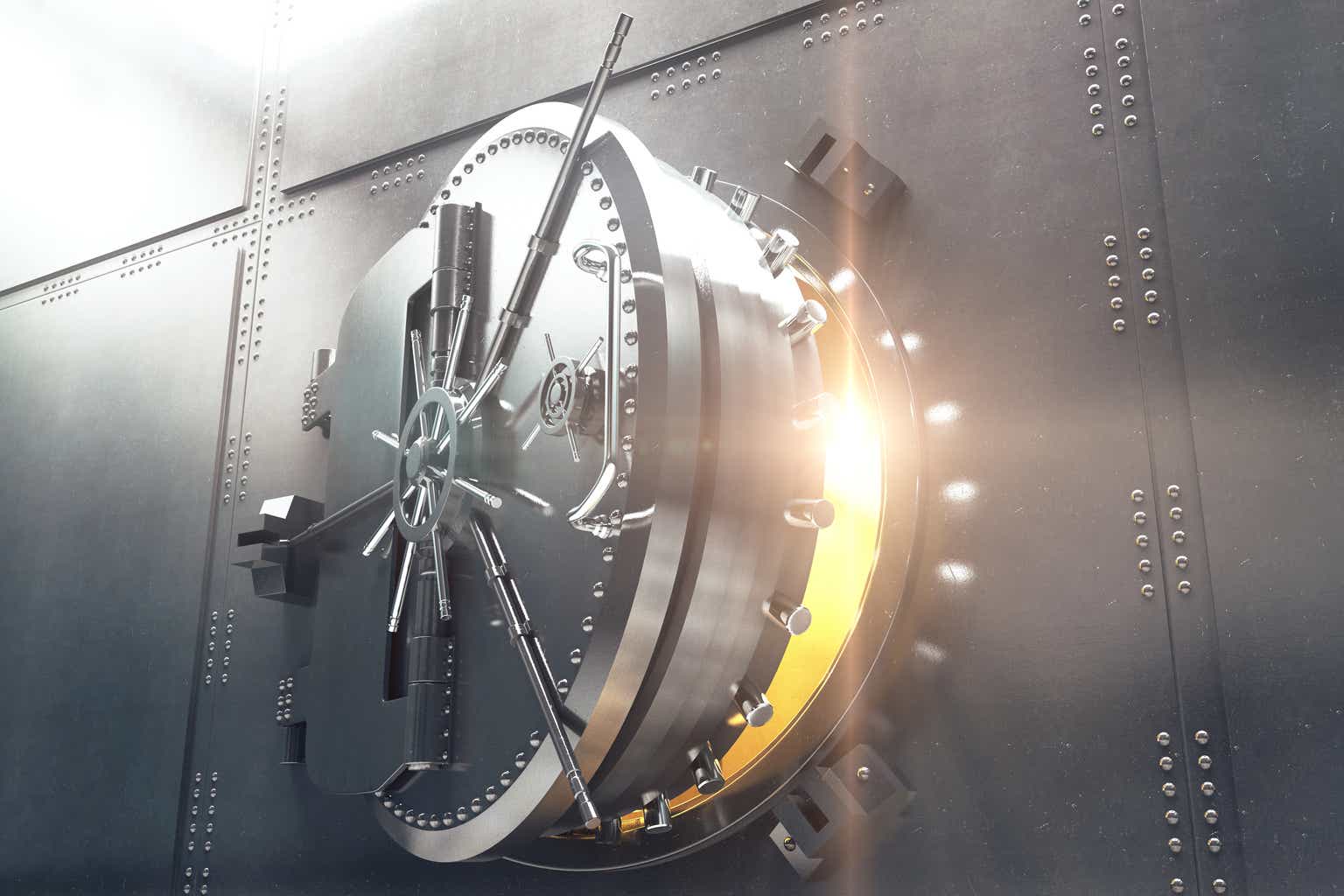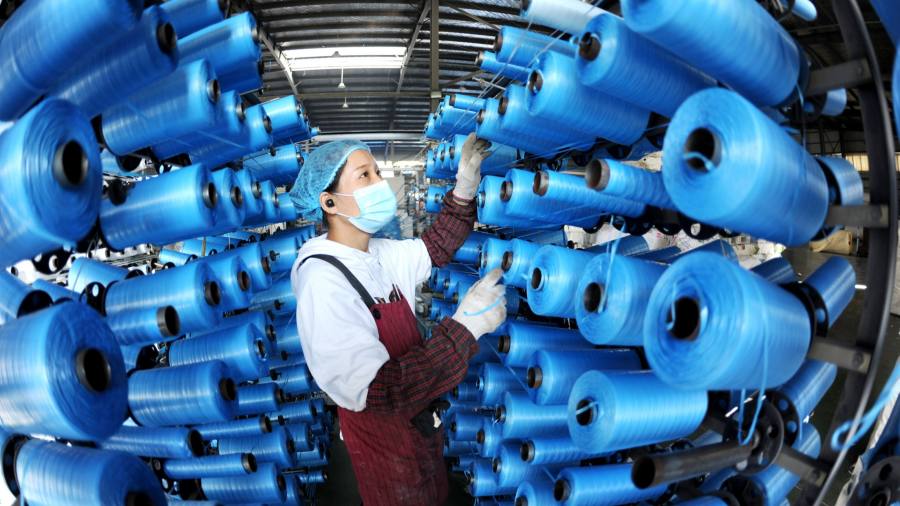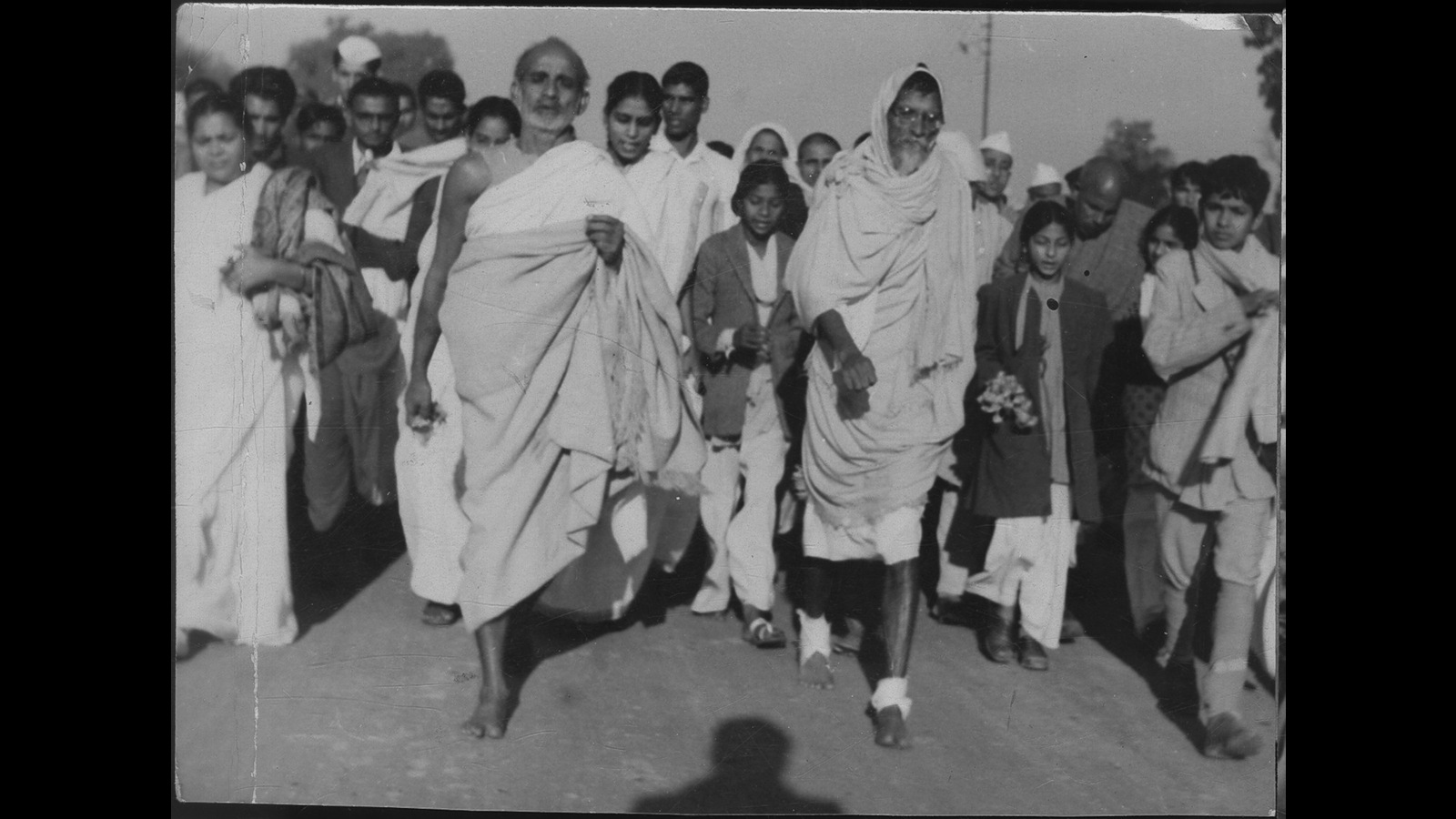Every morning, just before the Chief Justice of India (CJI) begins case hearings, he allows counsels to mention cases that require urgent listing or have failed to list after a considerable time. The line of counsels queuing up to mention their cases stretches from the arguing lectern to almost outside the courtroom. When one looks at this long list of pending cases before Supreme Court (SC) benches and the challenges judges face, only one word comes to mind. Unsustainable.
Sometimes hundreds of individual litigants go unheard for months because a constitutional bench is hearing a matter of national importance, and those individual litigants are forced to have their cases relisted after a couple of months. It does not help to insensitively create an order of importance between different injustices suffered. Every injustice matters to that litigant.
This access-to-justice crisis cannot be cured only by the constitutional reform of the SC.
There are two ways how the SC can address its pendency crisis.
One is by increasing the number of judges, and the other is by decreasing the number of new cases. Doing one of the two will help some, and doing both could bring resolution. This is why only a reform like setting up a national court of appeals, an idea floated in 1984 and still under debate, can help address the issue on both fronts.
Before I bat for a national court of appeals, let me explain how we are in an unwinnable position on the number front.
In 2019, the Delhi high court (HC) had 40,001 new cases, and the SC had around 3,717 new cases filed monthly. While the Delhi HC has a sanctioned strength of 60 judges, the SC has a sanctioned strength of 34 judges, where judges often sit in combinations of three or more judges. If even the Delhi HC does not have a 100% clearance rate, it begs the question of whether even 34 judges are sufficient to meet the caseload of the SC.
If the SC needs the best judicial minds with deep constitutional insight, hurriedly increasing the number of judges and filling vacancies may prove more harmful or even impossible. Then even if by some means the number of judges is increased, that does nothing to the high volume of fresh cases being instituted.
This is where a Supreme Court of Appeals in New Delhi could make a world of difference if brought into existence to function independently of the SC but also supplement its functions. The Supreme Court of Appeals, with its own set of judges, can hear all appeals that lie from an order of any court or tribunal in the country. This would divest the SC from its special leave appellate jurisdiction under Article 136 of the Constitution that overcrowds its docket.
The SC could retain its original jurisdiction under Article 32 to protect fundamental rights and under Article 131 of the Constitution for deciding disputes between the states and the centre. Additionally, the Supreme Court of Appeals could refer any matter pending before it, which involves national importance, a dispute between the Centre and states, or the interpretation of the Constitution for adjudication before the SC.
This is a certain way, may be even the only way, to simultaneously increase the number of judges and decrease the number of cases filed in the SC.
It would even resolve how the SC does away with Article 136 special leave jurisdiction without scrapping it altogether, a dilemma that a Constitutional bench in Mathai alias Joby Vs George struggled to come to grips with.
Just imagine what it would do for access to justice across the country if we had a Supreme Court of Appeals with 40 judges as the highest appellate court and a Supreme Court of India with 30 judges as the highest court to hear constitutional matters. Judicial pendency could become history. Finality and certainty needed for the rule of law to thrive could become an imminent reality. Undeniably, getting there would require a constitutional amendment, but that is the least we can do to fulfil the constitutional promise of securing justice for all our citizens.
Abishek Jebaraj is an Advocate on Record in the Supreme Court of India
The views expressed are personal
















